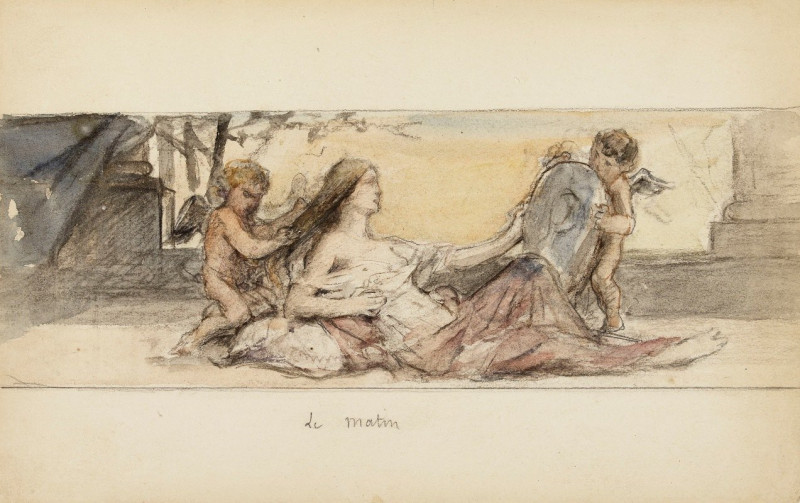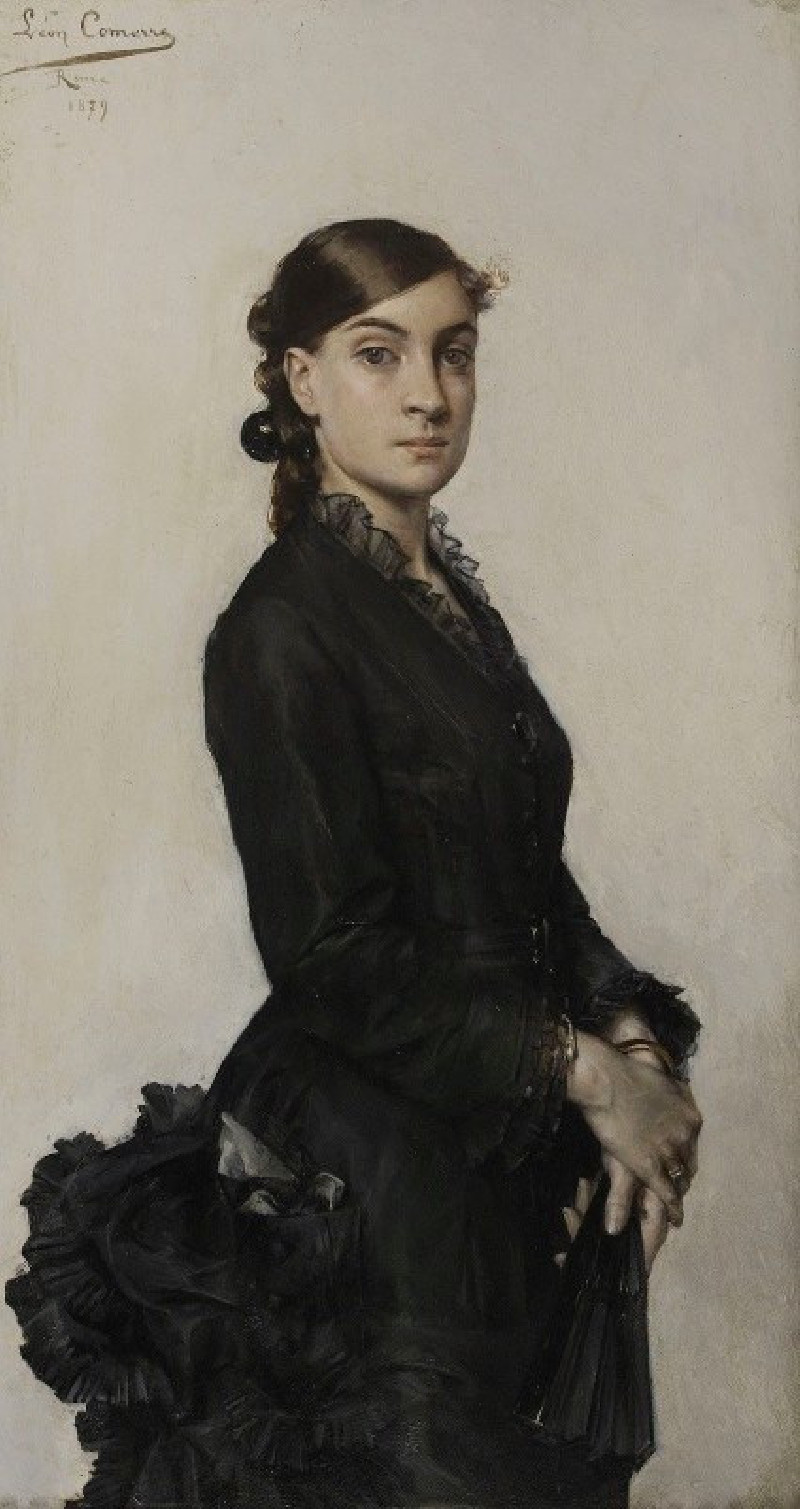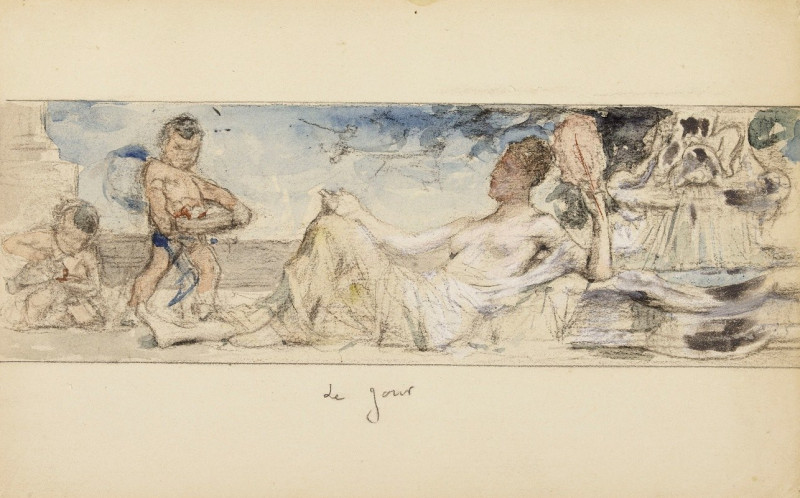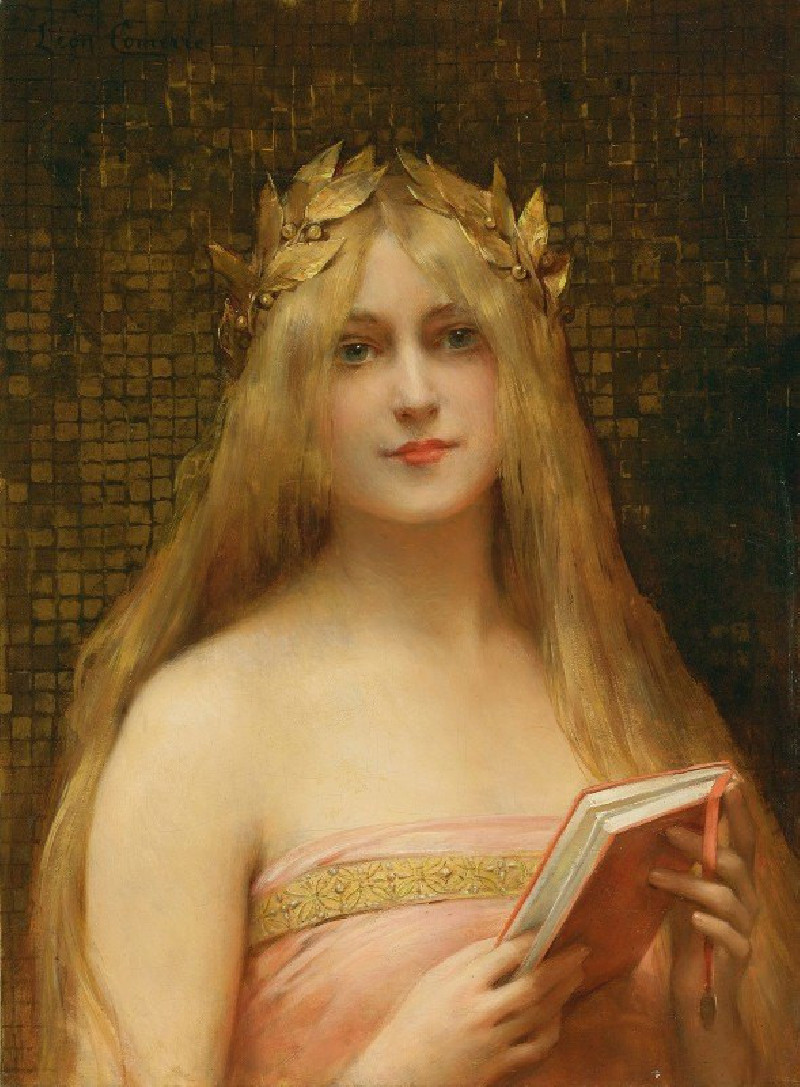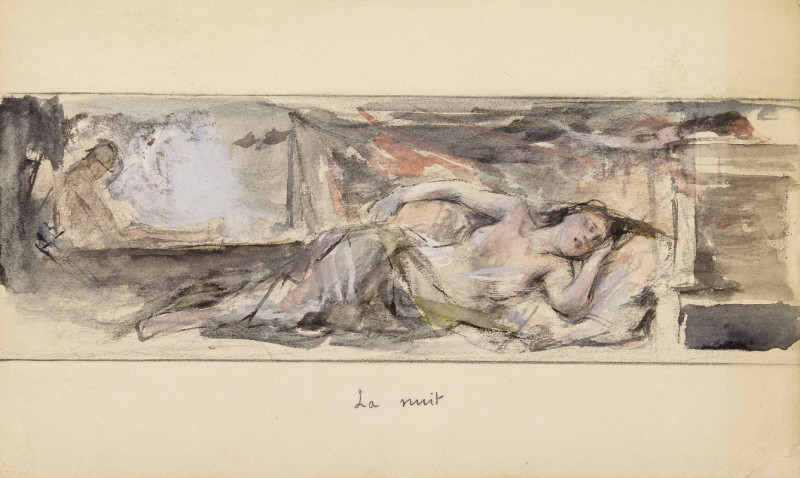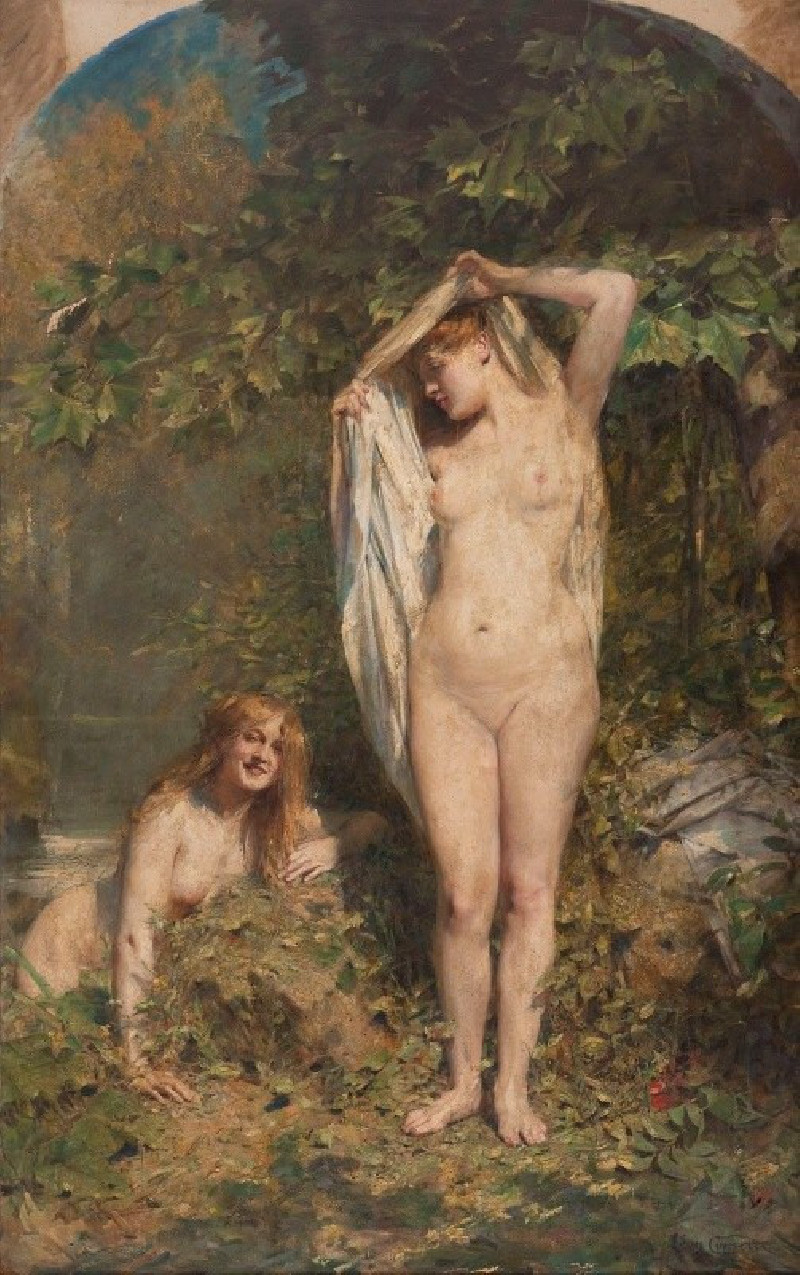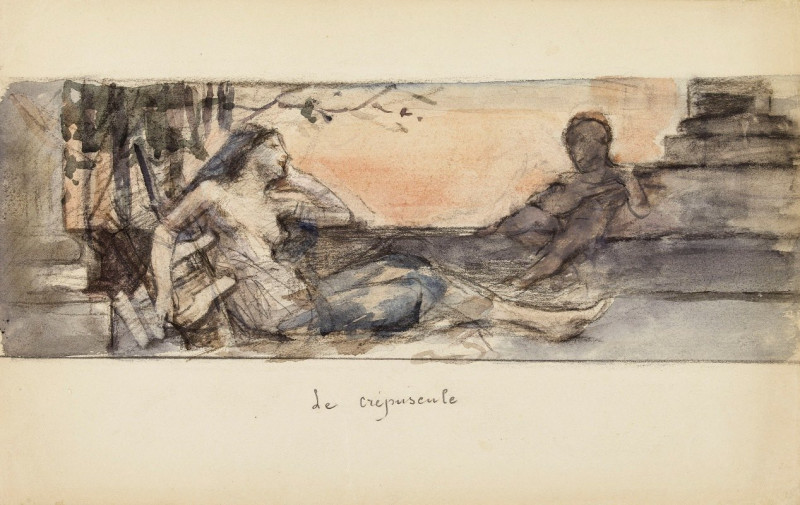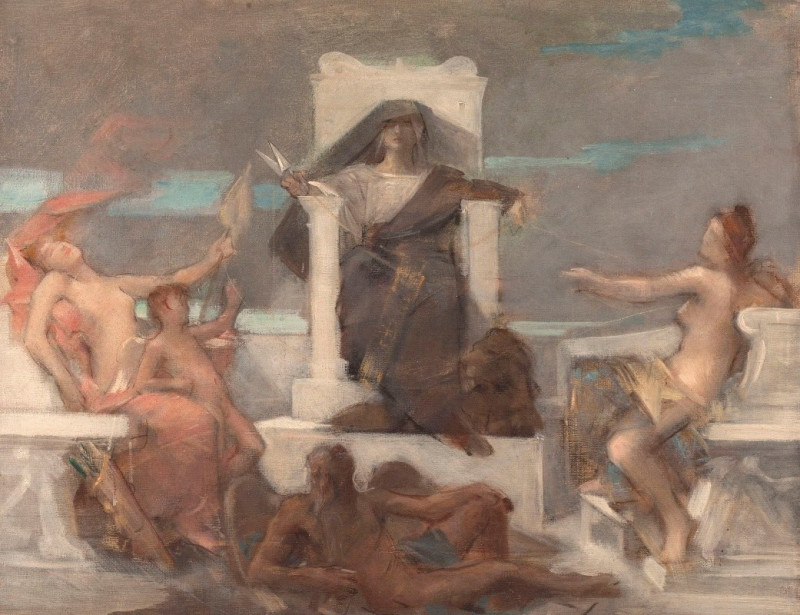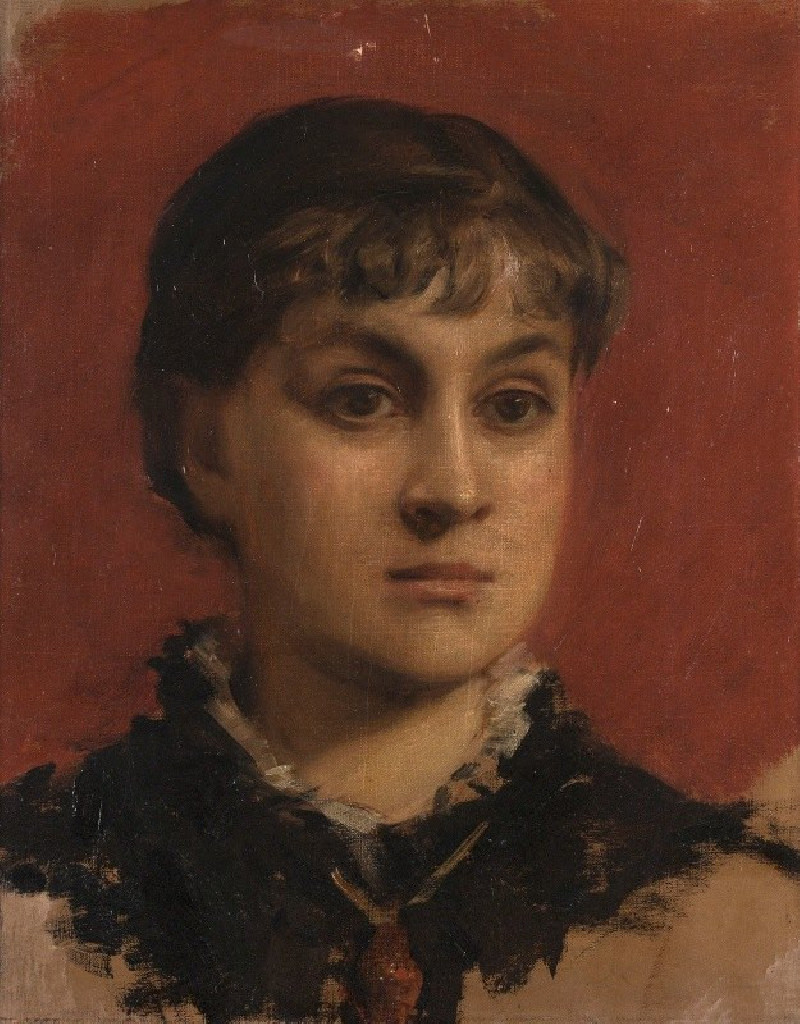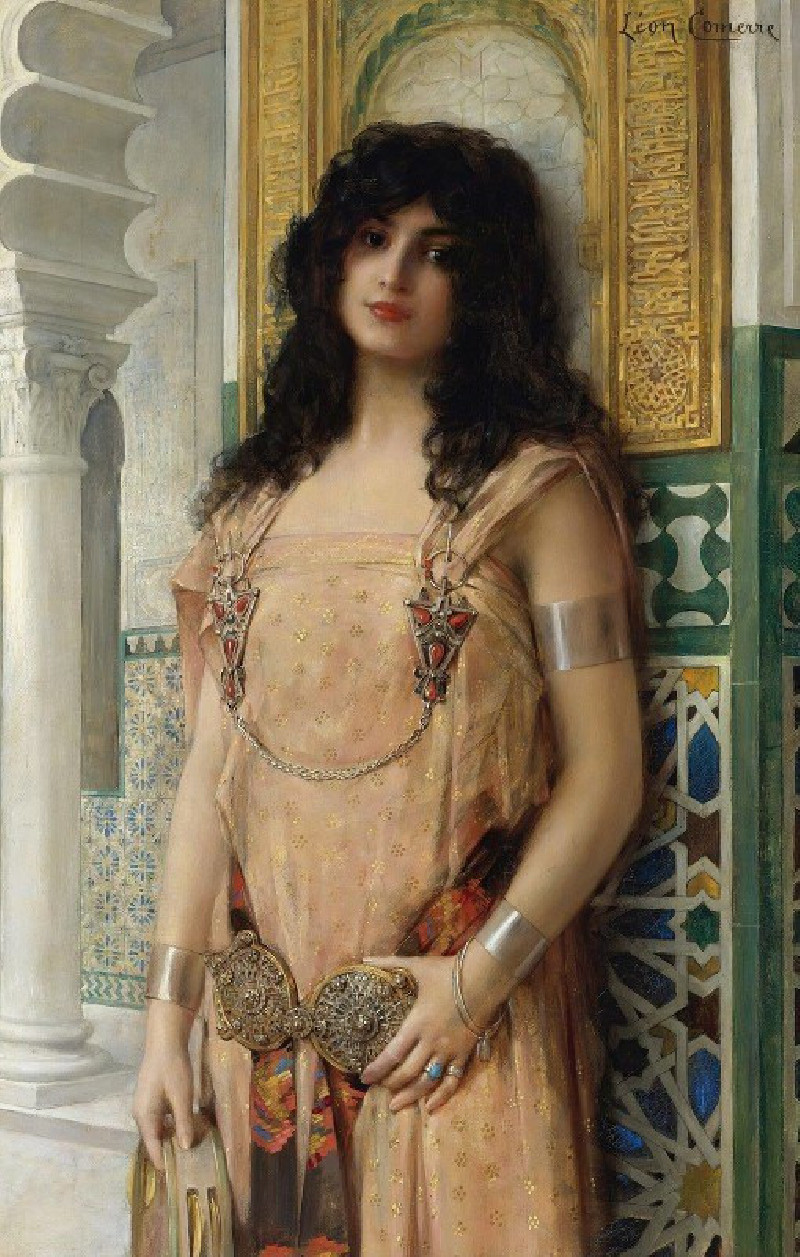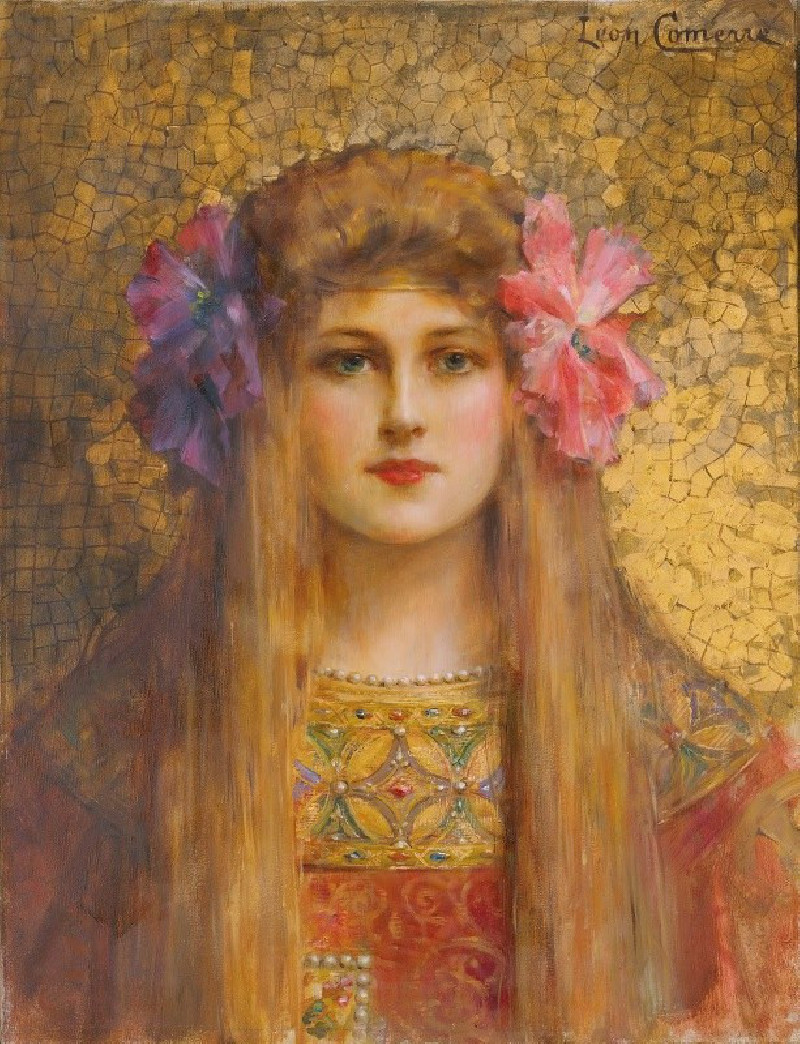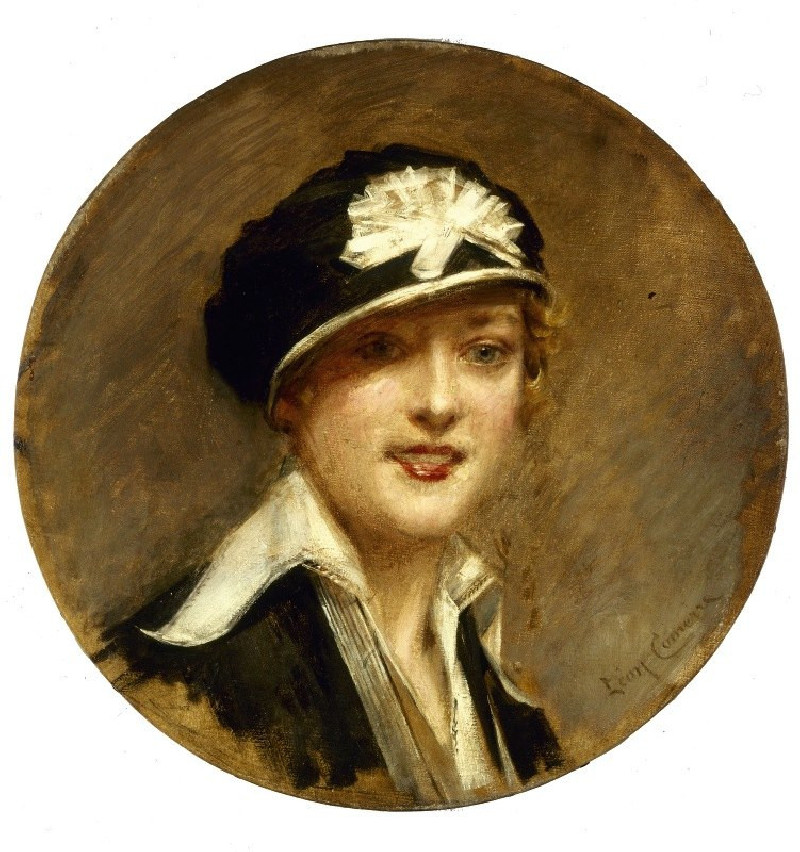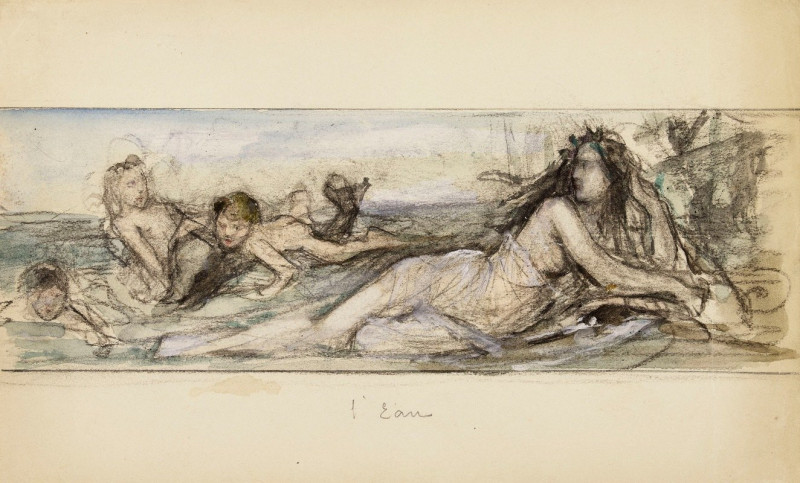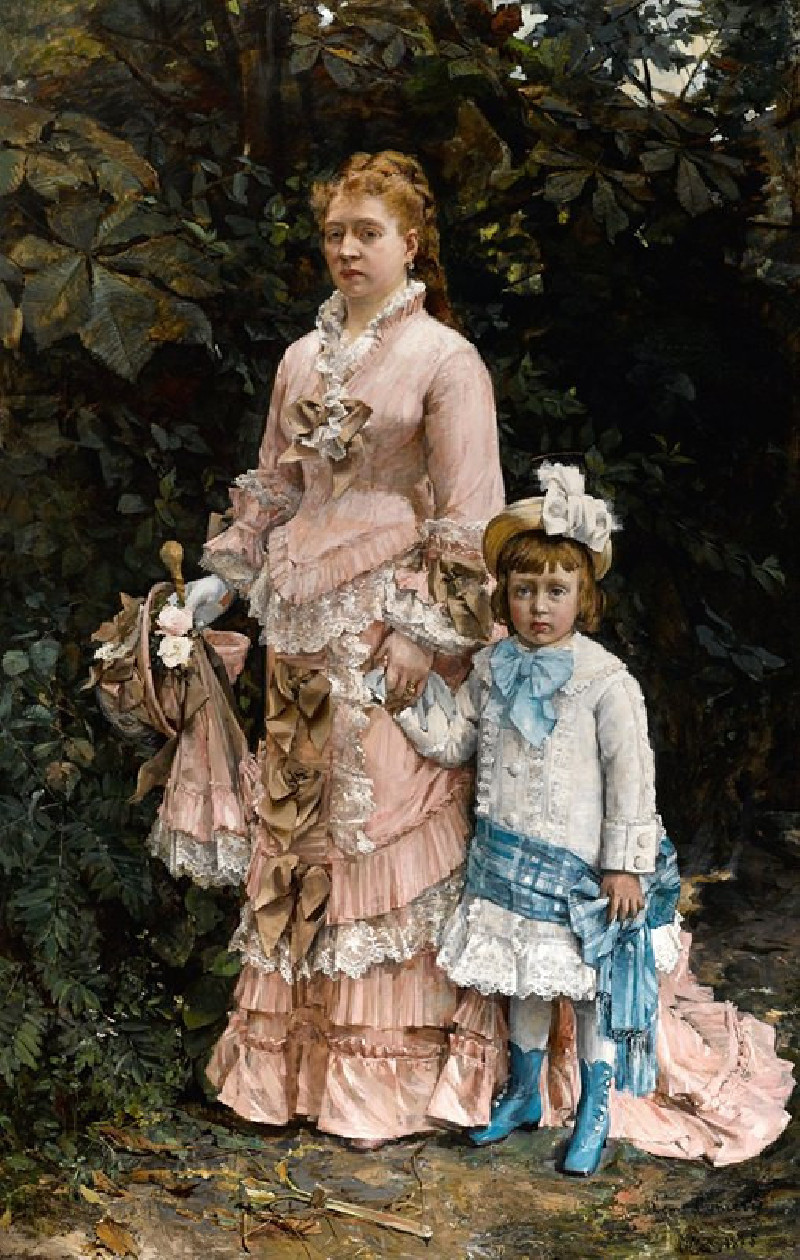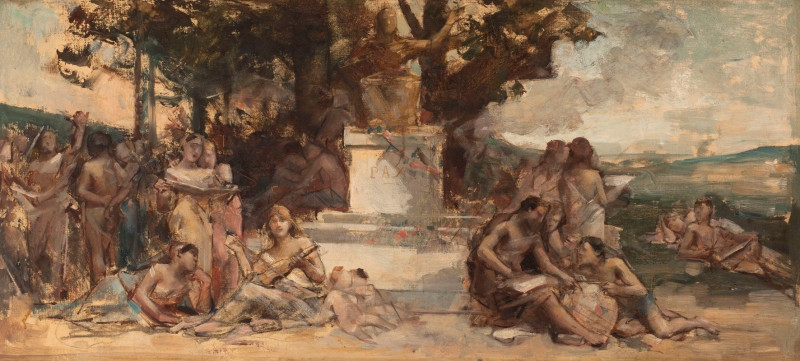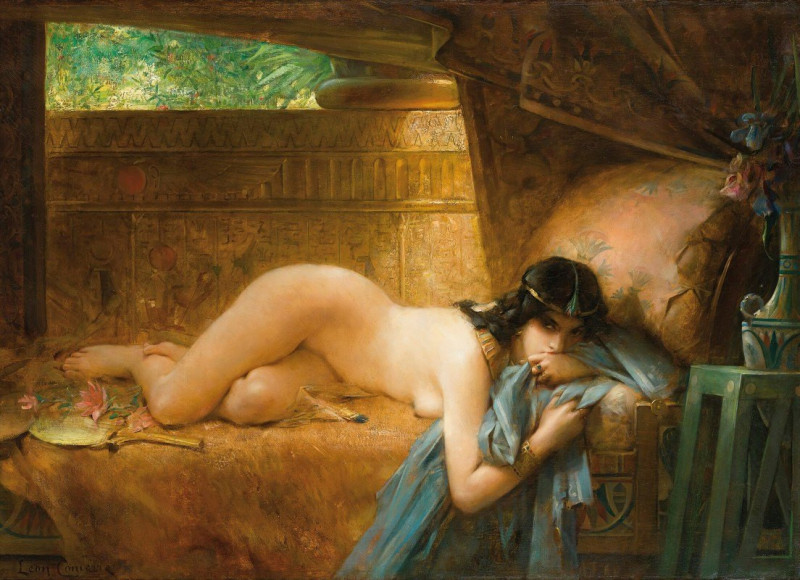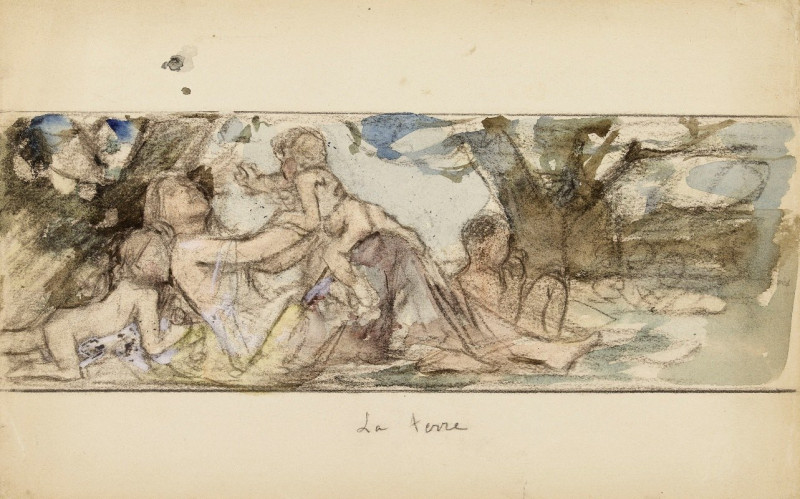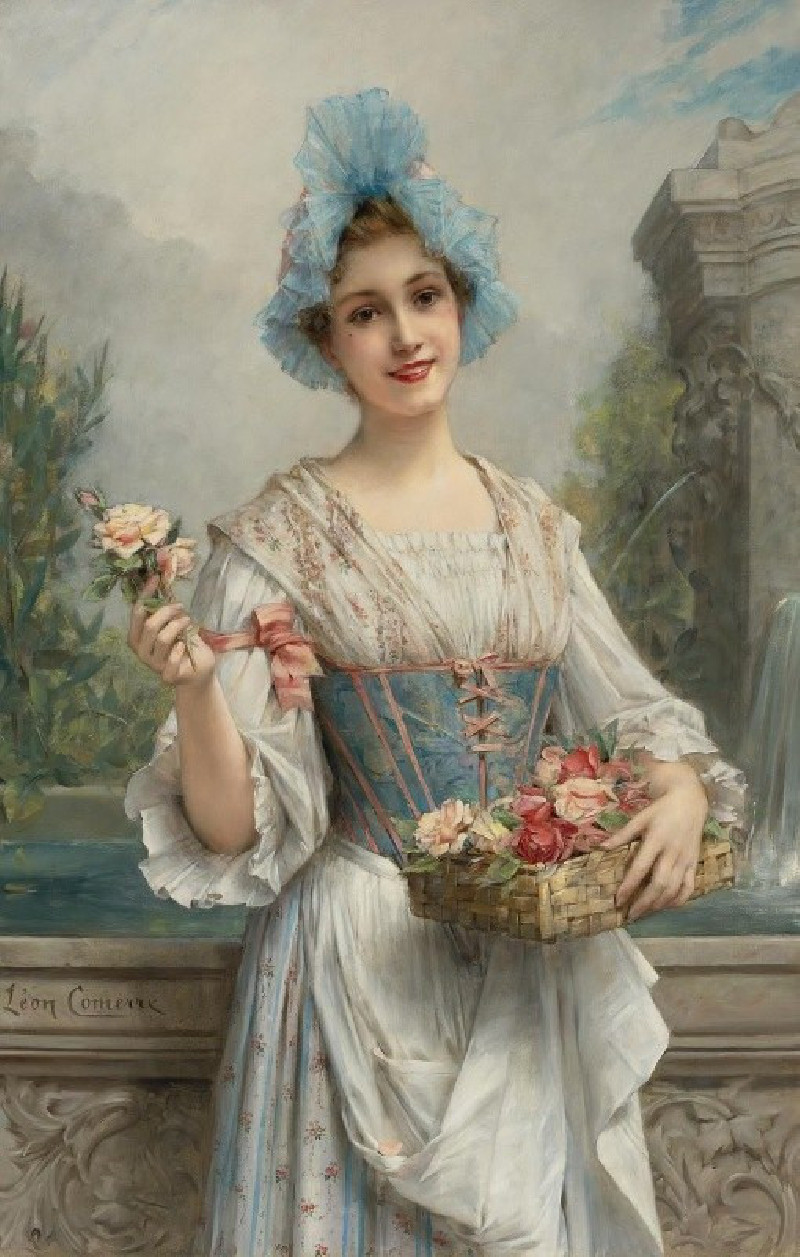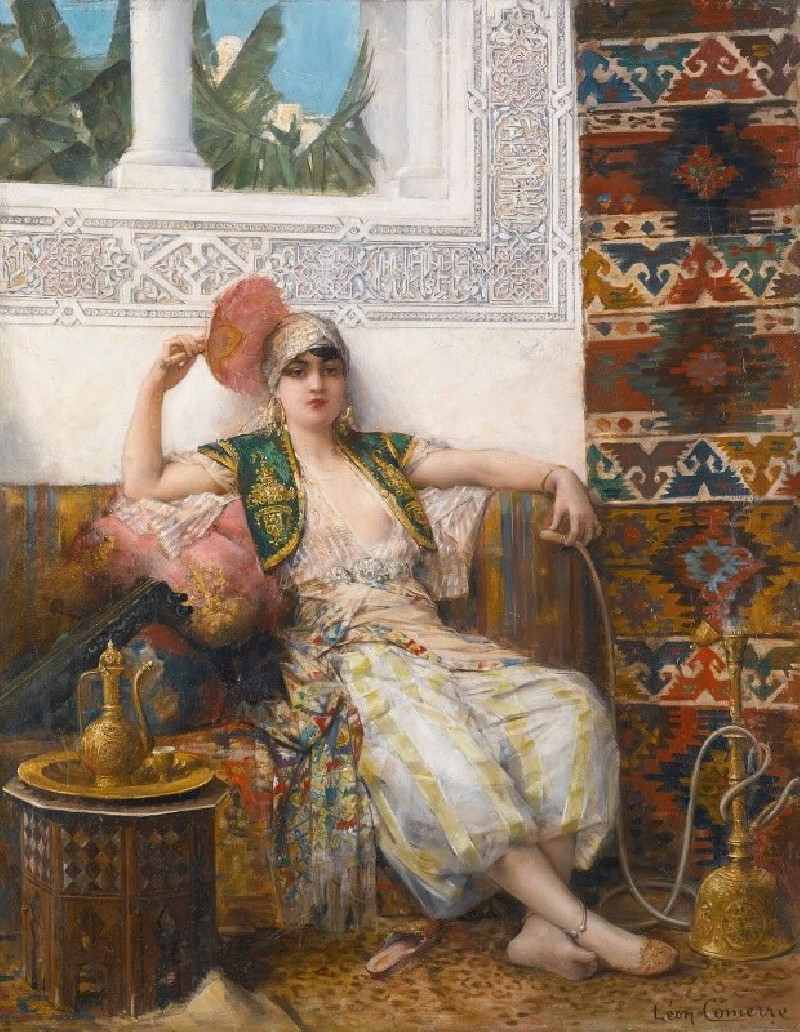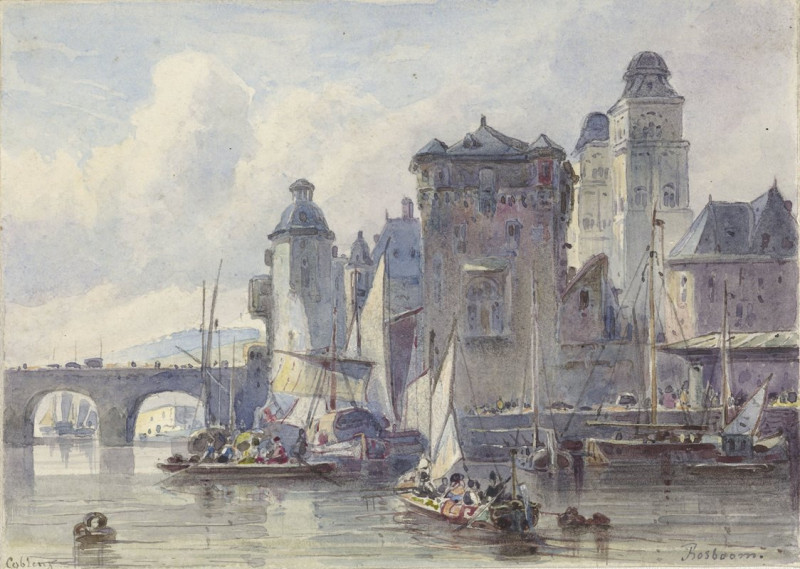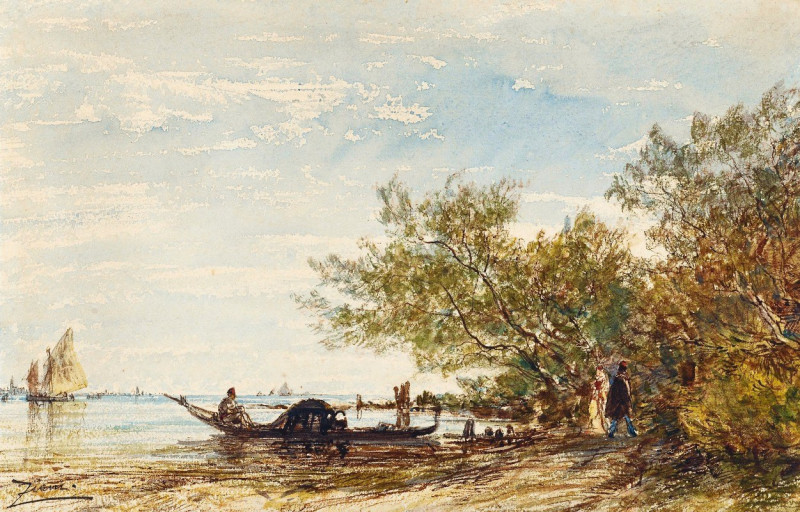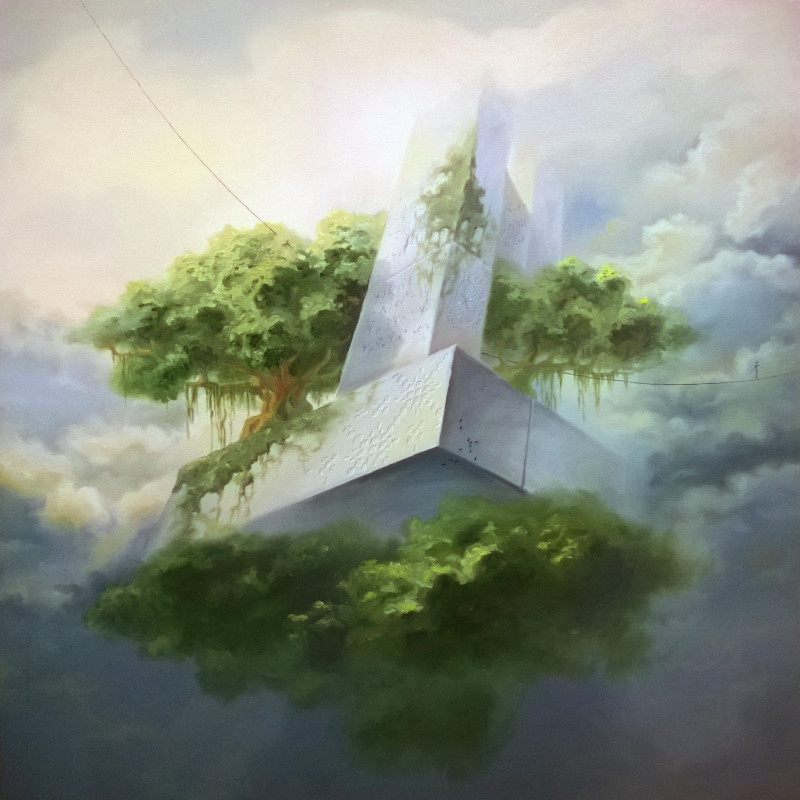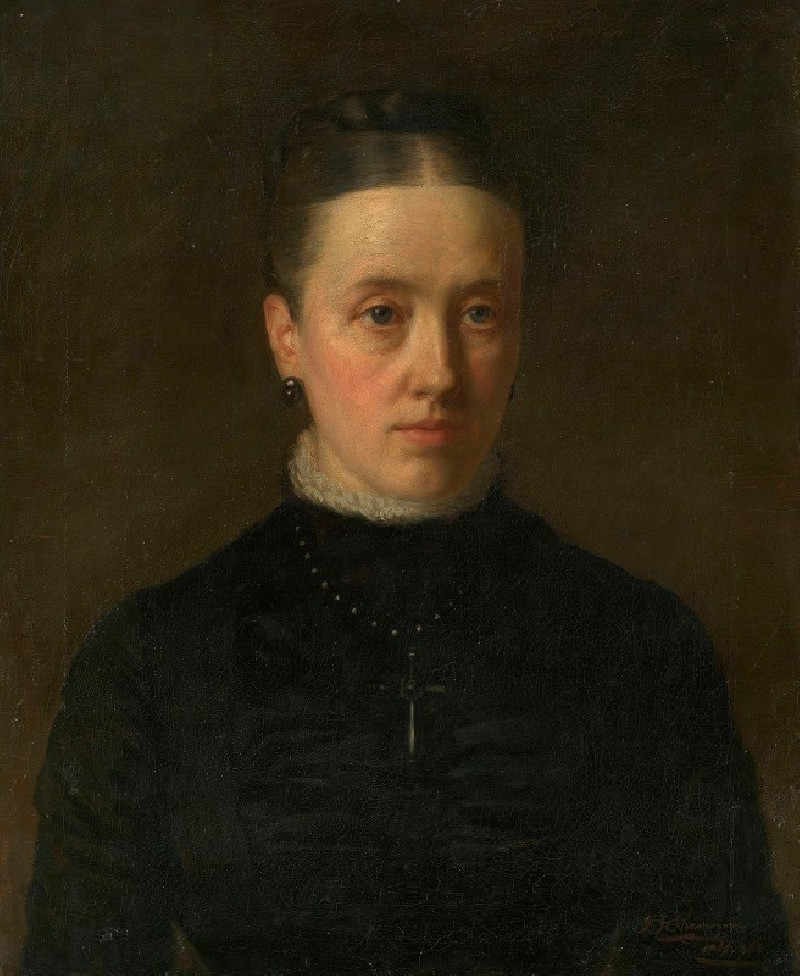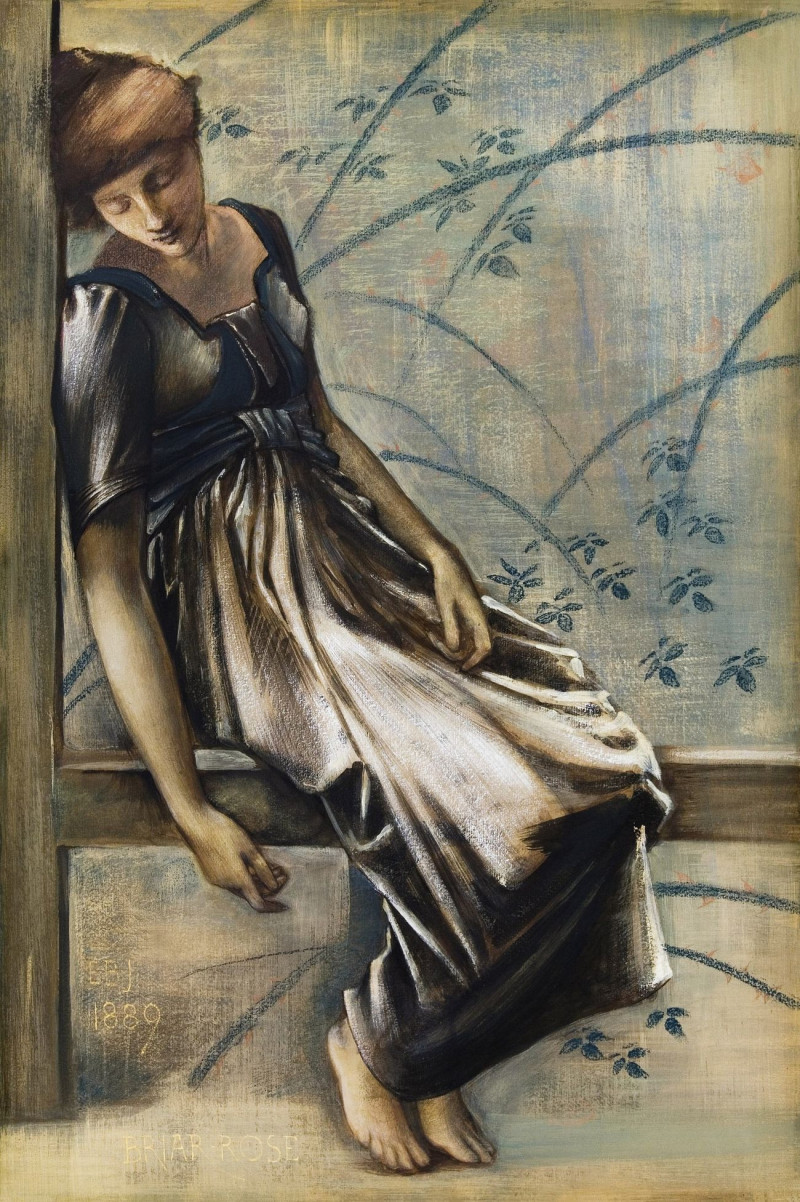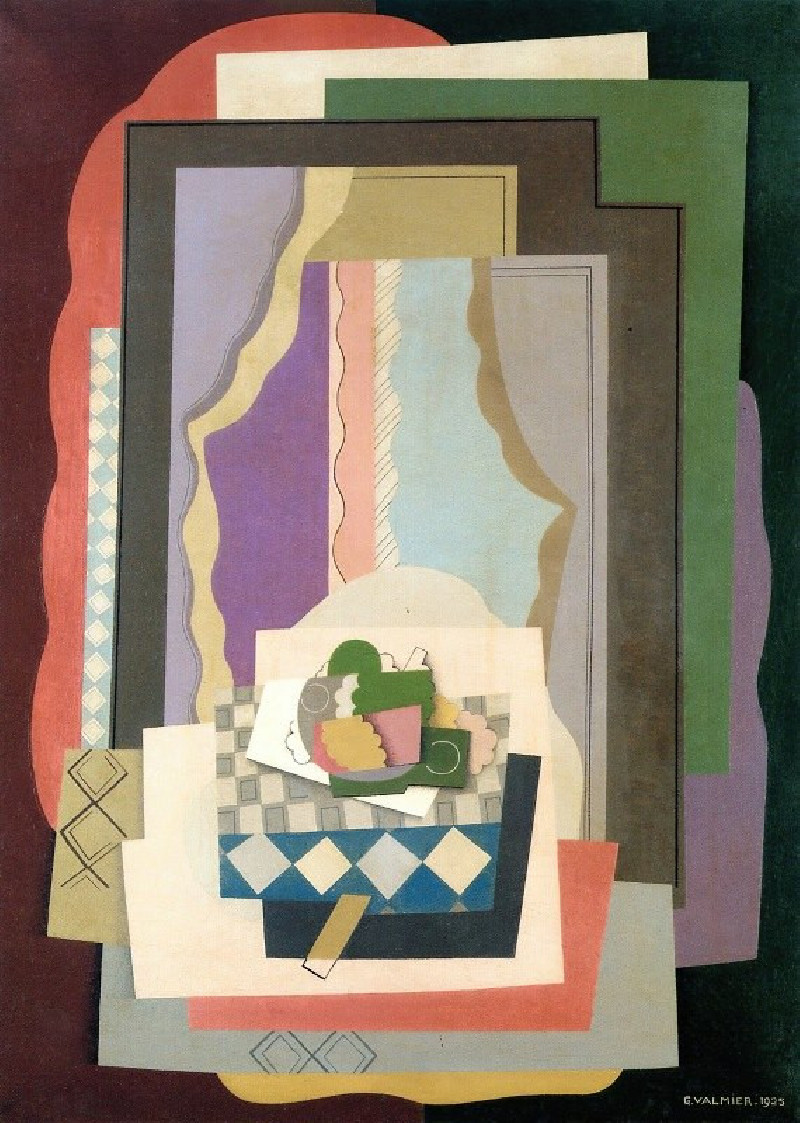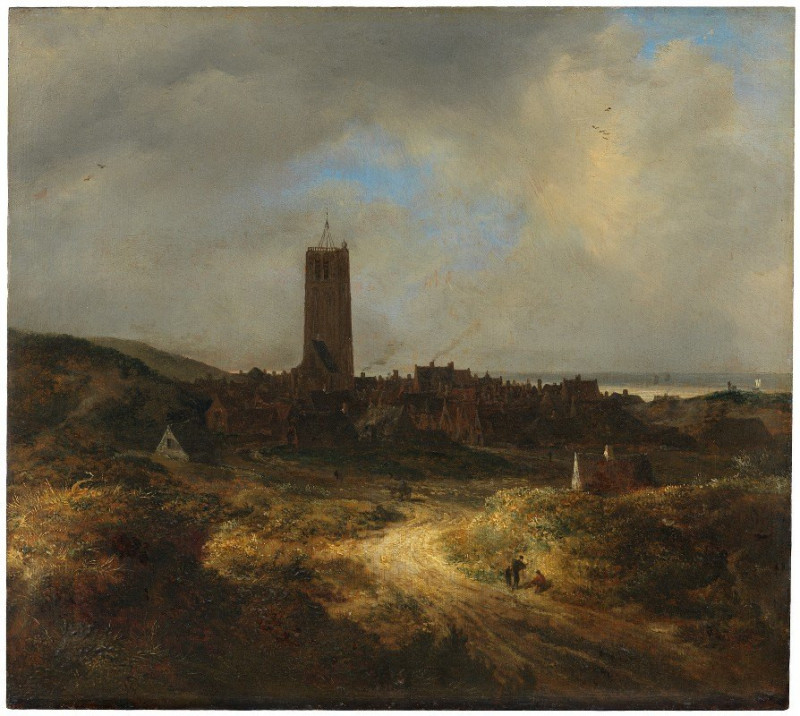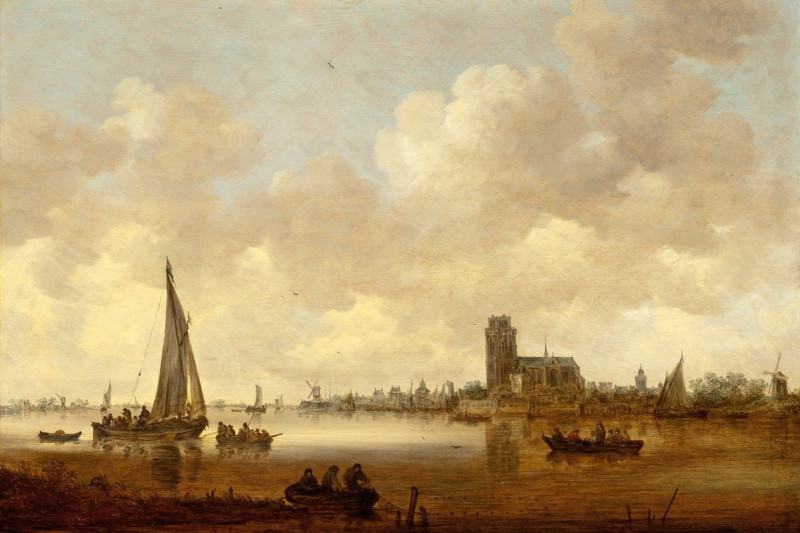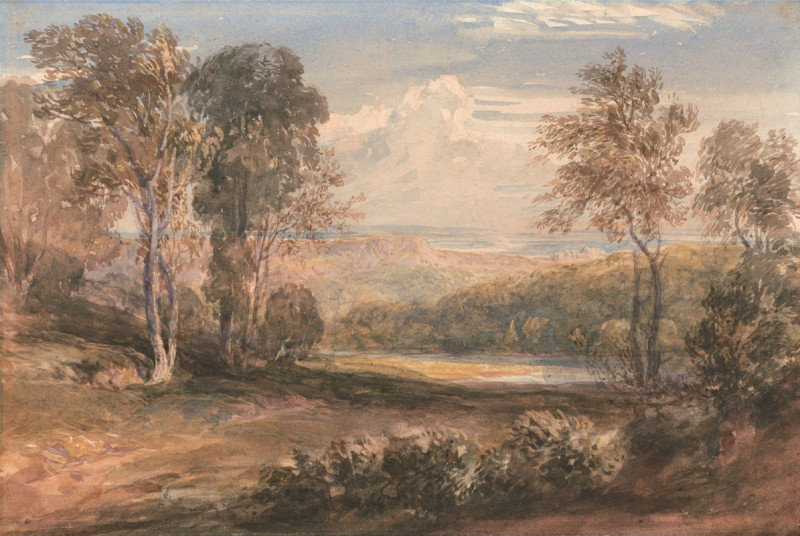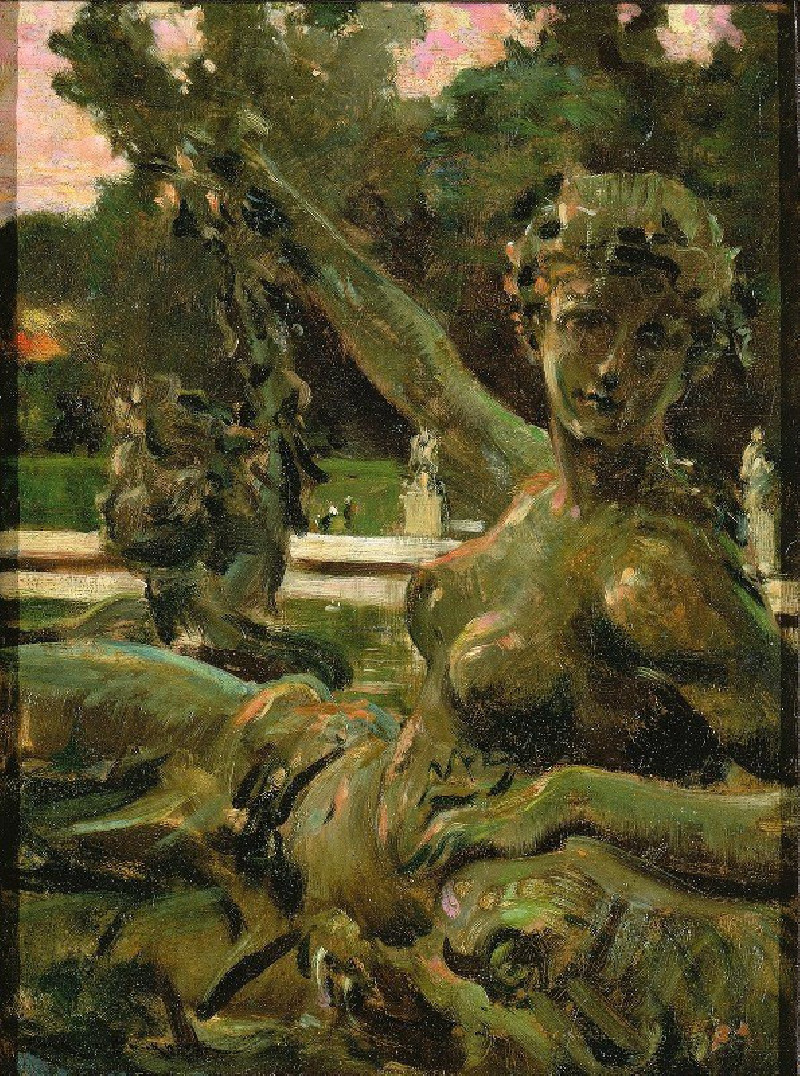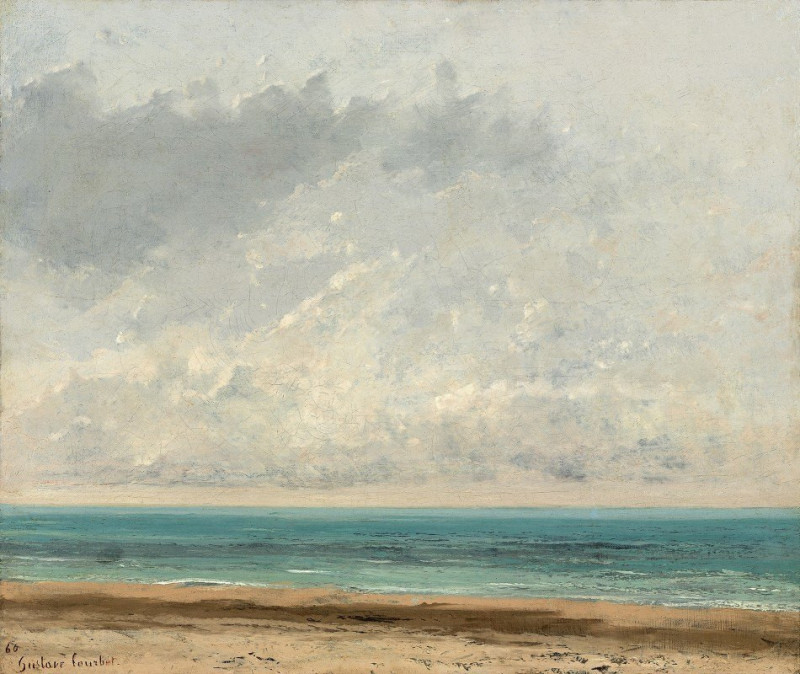Odalisque (1887)
Technique: Giclée quality print
Recommended by our customers
More about this artwork
Léon François Comerre's painting "Odalisque," painted in 1887, captures the viewer with its evocative portrayal of an exotic figure, bringing to life the luxurious and relaxed sophistication of Orientalist fantasies. In this work, Comerre displays his mastery in combining vibrant color, rich textures, and detailed patterns to create an alluring scene set in an elaborately decorated interior.Central to the composition is an odalisque—a term historically used to refer to a female slave or concubine in a harem, though often romanticized in Western art as a figure of beauty and mystery. The woman in the painting reclines languidly on opulent cushions and textiles that exhibit an exquisite array of patterns, reflecting the artist’s attention to detail and fascination with Eastern aesthetics. Her attire, adorned with gold embroideries and jewels, complements her sensual pose and the luxurious surroundings, enhancing her allure.She holds a stringed instrument resembling a banjo, suggesting musical talent that adds to her charm. The inclusion of the instrument not only contributes to the exotic milieu but also invites viewers to imagine the sounds that might fill the space. Besides her, a table with a decorative teapot hints at the leisure and indulgence that characterize this private world.Behind her, the wall adorned with intricate tiles adds a further cultural dimension to the setting, reinforcing the Eastern influence that was popular among European artists during this period. Each element within the painting—from the textiles to the tiles—works together to transport the viewer to a fantasized, idyllic East.
Delivery
Returns
Léon François Comerre was a French academic painter, famous for his portraits of beautiful women and Oriental themes.
Comerre was born in Trélon, in the Département du Nord, the son of a schoolteacher. He moved to Lille with his family in 1853. From an early age he showed an interest in art and became a student of Alphonse Colas at the École des Beaux-Arts in Lille, winning a gold medal in 1867. From 1868 a grant from the Département du Nord allowed him to continue his studies in Paris at the famous École nationale supérieure des Beaux-Arts in the studio of Alexandre Cabanel. There he came under the influence of orientalism.


